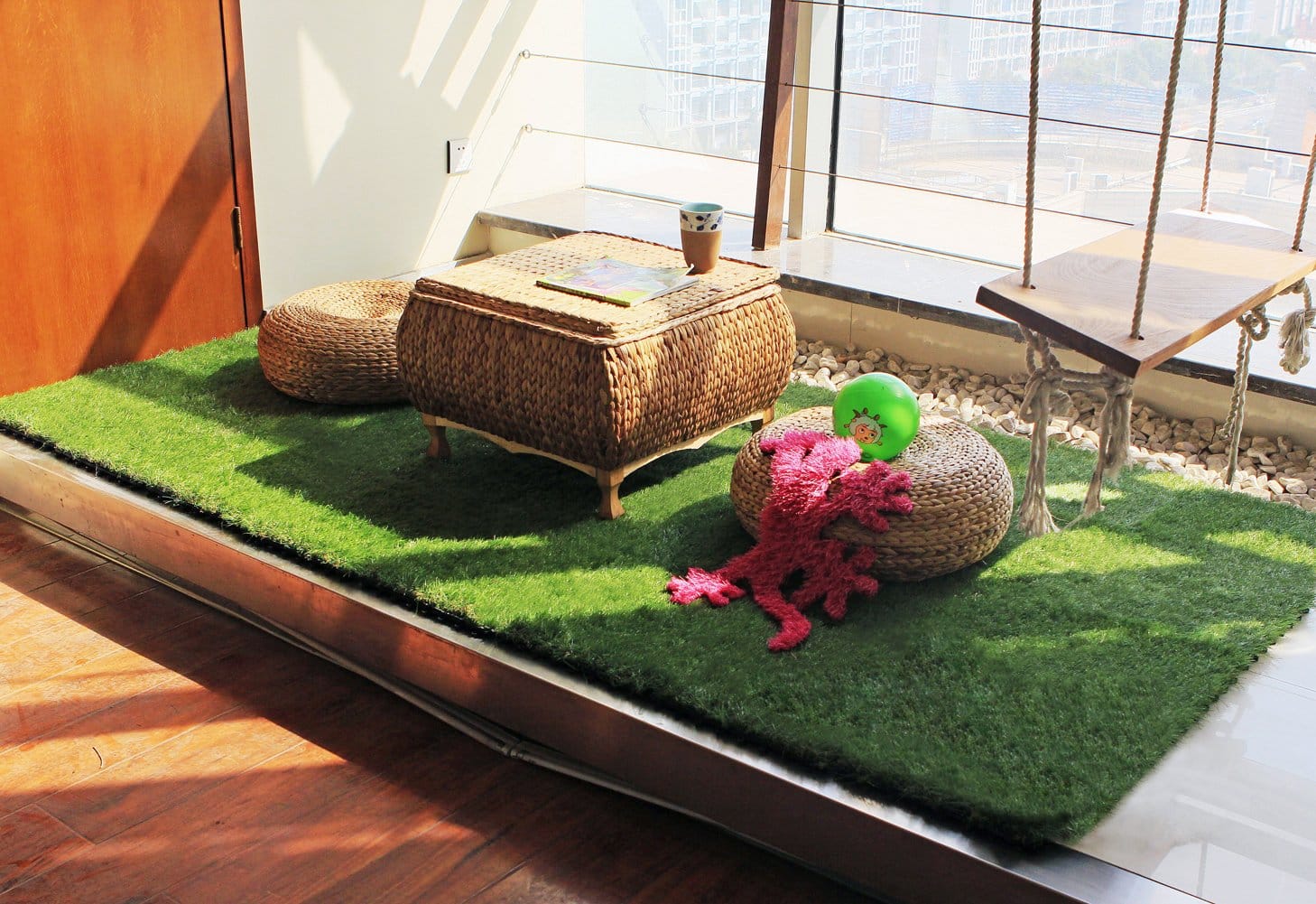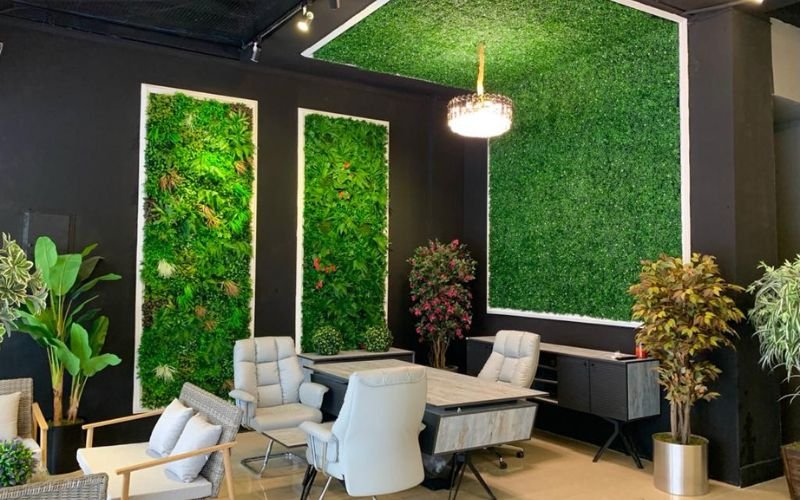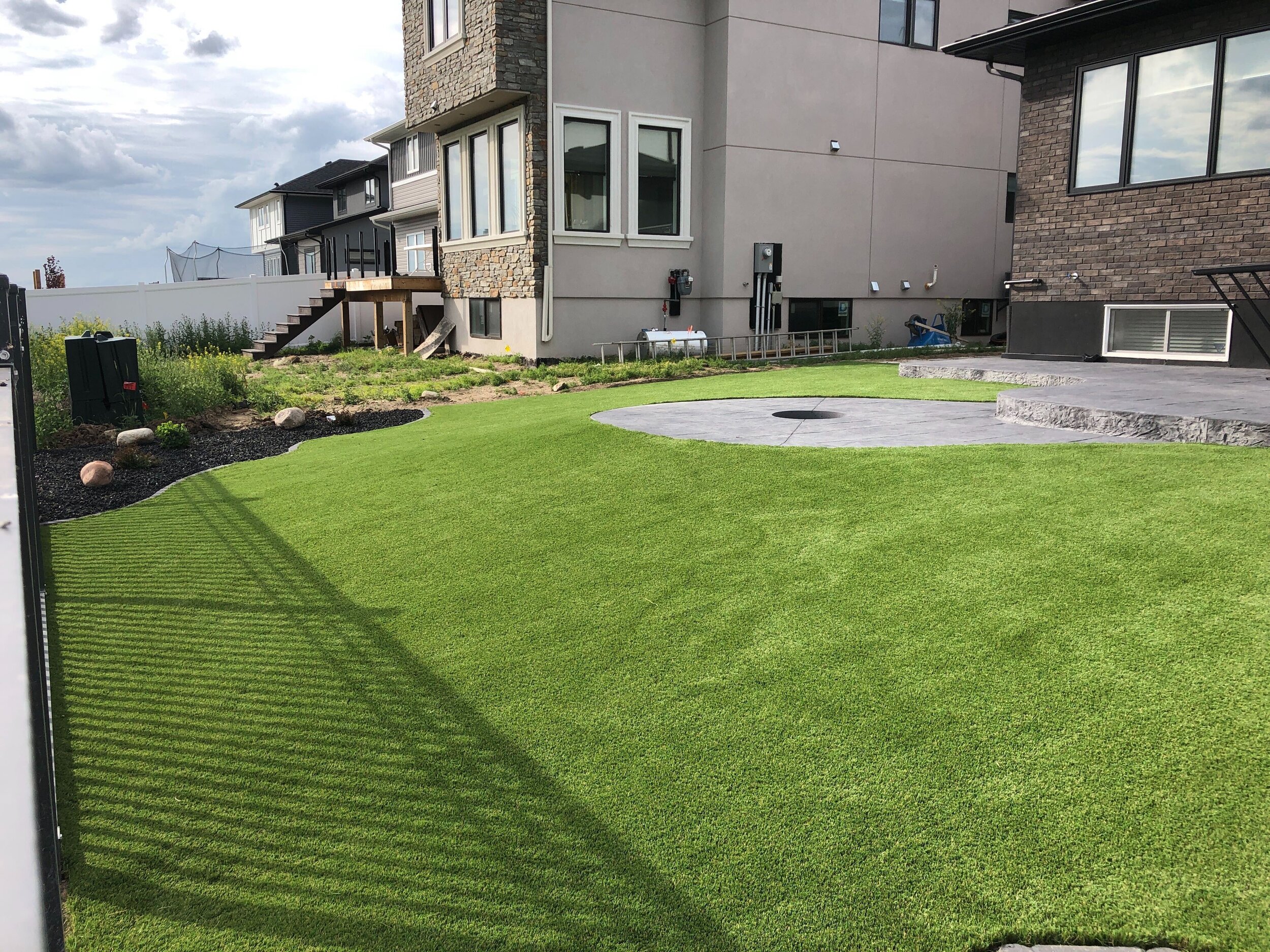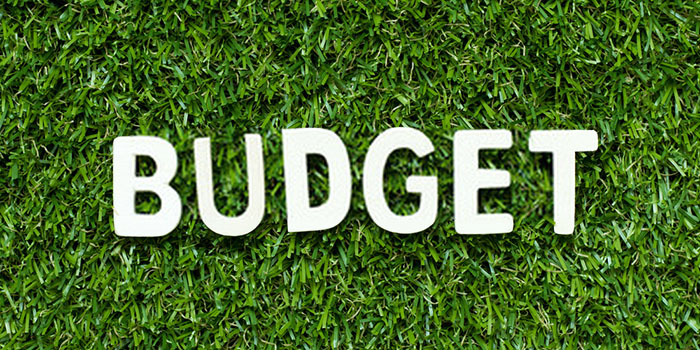Unveiling Nature’s Charms Indoors: Inspiring Artificial Grass Wall Designs for Every Space
Introduction
The need for eco-friendly and low-maintenance landscaping choices has enhanced the popularity of artificial grass in today’s quickly expanding globe. From environmental protection to lower maintenance costs, this creative approach has several advantages. In this post, we will delve into the realm of artificial grass, learning about its benefits, setup procedure, upkeep needs, and much more.
The Rise of Artificial Grass
A Brief History
Artificial grass, also known as synthetic turf or fake grass, was first introduced in the 1960s as a practical alternative to natural grass in sports fields. Artificial grass has changed over time into a flexible landscaping option that can be used in both residential and commercial settings thanks to technical improvements.
Environmental Considerations
One of the most significant advantages of artificial grass is its positive impact on the environment. Unlike natural grass, which requires constant watering and maintenance, synthetic turf conserves water and reduces the need for harmful pesticides and fertilizers. This leads to a decrease in carbon emissions and promotes a greener and healthier planet.
The Benefits of Artificial Grass
Low Maintenance
It might take a lot of time and effort to maintain a lush, green lawn. Artificial grass eliminates the need for mowing, watering, and trimming, saving homeowners valuable time and effort. It remains vibrant and visually appealing throughout the year, regardless of weather conditions.
Cost-Effectiveness
While the initial investment in artificial grass may be higher compared to natural grass, it proves to be a cost-effective choice in the long run. The absence of ongoing maintenance expenses, coupled with reduced water consumption, results in significant savings over time.
Versatility in Design
Artificial grass offers endless possibilities for creative landscaping designs. It can be used to transform various outdoor spaces, from rooftop gardens to playgrounds. Its flexibility allows homeowners to customize their landscapes according to their preferences and needs.
Installation Process
Site Preparation
The installation process begins with thorough site preparation. The area is cleared of any existing vegetation, rocks, or debris. Proper drainage systems are put in place to ensure water does not accumulate on the synthetic surface.
Base Installation
A stable base is essential for the longevity of artificial grass. Layers of crushed stone and compacted soil are carefully laid to create a solid foundation. This ensures proper drainage and prevents the growth of weeds beneath the turf.
Turf Installation
Once the base is ready, the artificial grass rolls are carefully positioned and secured. Seams are meticulously joined, and the edges are fastened to prevent any movement. Infill material, such as silica sand or rubber granules, is spread evenly to provide support and enhance the grass’s natural look and feel.
Sure, here are the steps on how to install a grass wall:
- Choose the right type of grass for your wall. There are two main types of grass walls: living and artificial. Living grass walls require more maintenance, but they are more natural and can improve air quality. Artificial grass walls are easier to care for, but they do not provide the same air purification benefits.
- Prepare the wall. The wall should be clean, dry, and free of any cracks or holes. If the wall is painted, you may need to sand it first to create a good surface for the grass to adhere to.
- Cut the grass to size. The grass should be cut to the same size as the wall. You can use a sharp knife or scissors to do this.
- Attach the grass to the wall. There are a few different ways to attach grass to a wall. You can use adhesive, staples, or screws.
- Water the grass. Once the grass is attached to the wall, water it thoroughly. You will need to water the grass regularly to keep it healthy.
Here are some additional tips for installing a grass wall:
- If you are using living grass, choose a type of grass that is suited for your climate.
- If you are using artificial grass, make sure to choose a type of grass that is UV-resistant and will not fade in the sun.
- If you are attaching the grass to the wall with adhesive, make sure to use a high-quality adhesive that is designed for use with artificial grass.
- If you are attaching the grass to the wall with staples or screws, make sure to use a type of staple or screw that will not damage the grass.
With a little planning and effort, you can easily install a grass wall in your home or office.
Maintenance and Care
Cleaning
Artificial grass requires minimal maintenance compared to natural grass. Regular cleaning involves removing debris, fallen leaves, and pet waste. Occasional rinsing with water helps keep the turf clean and fresh.
Brushing and Grooming
Periodic brushing or raking of the turf fibers helps maintain their upright position and prevents matting. This step also ensures even distribution of the infill material.
Addressing Stains and Odors
Stains can be treated with a mild detergent and water solution, while odors can be minimized using specialized artificial grass deodorizers. Proper care ensures the longevity and aesthetics of the synthetic lawn.
Enhancing Home Interiors with Artificial Grass Walls
- Transforming dull and boring walls into vibrant and lively spaces.
- Creating a nature-inspired backdrop for any room in your house.
- Incorporating artificial grass walls in living rooms, bedrooms, and even kitchens.
- a) Creating a Natural Oasis in the Living Room
- How artificial grass walls can add a touch of greenery and tranquility.
- Tips for choosing the right artificial grass texture and color for your living room.
- Combining the grass wall with other natural elements like wood or stone.
- b) Bringing Calmness to the Bedroom
- How artificial grass walls can promote relaxation and improve sleep quality.
- Selecting the ideal location to install the grass wall in a bedroom.
- Adding decorative elements like fairy lights or hanging planters.
- c) Revitalizing the Kitchen Space
- Unique ways to incorporate artificial grass walls in the kitchen.
- Using the grass wall as a backsplash or accent wall.
- Tips for maintenance and cleaning in areas prone to moisture and stains.
Office Spaces: Infuse Nature into Work Environments
- The importance of incorporating biophilic elements in office design.
- Installing artificial grass walls to create a positive and productive work environment.
- Enhancing employee well-being and reducing stress levels.
- a) Grass Walls in Reception Areas
- Impress visitors and create a welcoming atmosphere with a grass wall in the reception area.
- Choosing appropriate grass wall designs that align with the company’s branding.
- Tips for maintenance and ensuring longevity in high-traffic areas.
- b) Boosting Creativity in Meeting Rooms
- How artificial grass walls can stimulate creativity and innovation during meetings.
- Proper placement of the grass wall to maximize its impact.
- Incorporating writable surfaces or whiteboards alongside the grass wall.
- c) Creating Tranquil Breakout Spaces
- Designing relaxing spaces for employees to unwind.
- Installing artificial grass walls in break rooms or common areas.
Adding comfortable seating and natural elements to complete the ambiance
Artificial Grass Walls in Commercial Establishments
- Utilizing the charm of artificial grass walls in retail stores and hospitality sectors.
- Enhancing customer experiences and increasing foot traffic.
- a) Vibrant Storefronts
- Attracting attention and standing out from competitors with grass walls on storefronts.
- Incorporating creative signage or window displays.
- Regular maintenance for a visually appealing presentation.
- b) Restaurants and Cafes
- Bringing the outdoors inside to create an inviting and cheerful atmosphere.
- Combining artificial grass walls with live plants and vertical gardens.
- Design considerations for easy cleaning and durability.
- c) Hotels and Resorts
- Offering a luxurious ambiance through artificial grass walls in lobbies or spa areas.
- Harmonizing the grass walls with existing interior designs.
- Creating unique photo opportunities for guests.
Factors Influencing Artificial Grass Prices
Quality and Material
The quality and material of the artificial grass play a significant role in determining its price. High-quality synthetic turf, often made from durable polyethylene or polypropylene, tends to be more expensive. These premium materials contribute to a natural look and feel, increased longevity, and improved resilience.
Pile Height and Density
The pile height, or the length of the grass blades, as well as the density of the turf, affect its pricing. Longer pile heights and higher turf densities can provide a more luxurious appearance but may come at a higher cost due to the increased material required.
Installation Complexity
The complexity of the installation process can impact the overall cost. Factors such as the size and shape of the area, as well as any obstacles or slopes, can influence the labor and materials needed for installation.
Infill Material
Infill material, such as silica sand or rubber granules, is often used to support the synthetic grass blades and provide cushioning. The type and amount of infill required can influence the pricing, with specialized infill materials or thicker layers potentially adding to the cost.
Additional Features
Some artificial grass options come with additional features, such as UV resistance, antimicrobial properties, or heat reduction technology. While these features can enhance the performance and longevity of the turf, they may also contribute to a higher price point.
Cost Breakdown: What to Expect
Material Costs
On average, the material cost for artificial grass can range from $2 to $8 per square foot. Basic options with shorter pile heights and minimal features tend to be more affordable, while premium varieties with advanced technology and enhanced aesthetics may fall on the higher end of the price spectrum.
Installation Costs
Installation costs vary based on factors such as the size and complexity of the project. On average, installation can range from $5 to $20 per square foot. DIY installation may save money, but professional installation ensures proper techniques and optimal results.
Maintenance Costs
One of the significant advantages of artificial grass is its low maintenance requirements. While natural grass demands ongoing upkeep and expenses, synthetic turf typically requires minimal care, translating to long-term savings.
Considerations When Budgeting for Artificial Grass
Size of the Area
The size of the area you intend to cover with artificial grass will directly impact the overall cost. Larger spaces will require more materials and labor, increasing the budget accordingly.
Long-Term Savings
While the initial investment in artificial grass may be higher than natural grass, the long-term savings on water bills, maintenance, and landscaping services can offset the upfront cost.
Quality and Aesthetics
Investing in higher-quality artificial grass can provide a more realistic and visually appealing landscape. Consider your preferences and priorities when determining your budget.
FAQs About Artificial Grass
- Is artificial grass safe for pets and children?
Yes, artificial grass is safe for both pets and children. It is designed to be non-toxic and lead-free, providing a safe and comfortable outdoor play area.
- Can I install artificial grass on a slope?
Yes, artificial grass can be installed on slopes. Proper installation techniques ensure that the turf stays in place and provides a stable surface.
- How long does artificial grass last?
With proper installation and maintenance, artificial grass can last anywhere from 15 to 25 years or more, depending on usage.
- Does artificial grass get hot in the sun?
Artificial grass can become warm in direct sunlight, but it typically does not become excessively hot. Infill materials help dissipate heat and reduce surface temperatures.
- Can I install artificial grass myself?
While DIY installation is possible, it is recommended to hire professionals for optimal results. Proper installation techniques are crucial for the longevity and performance of the turf.








